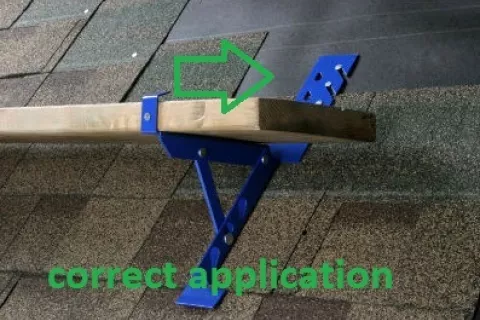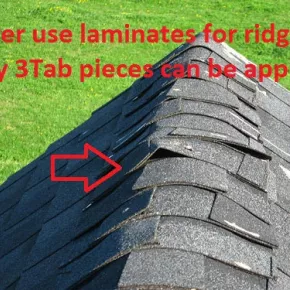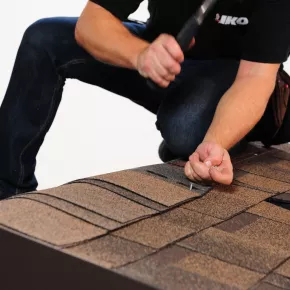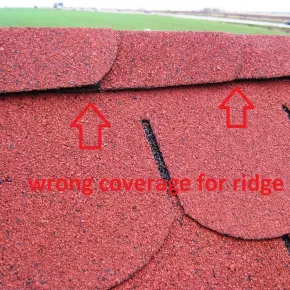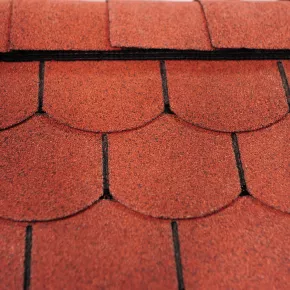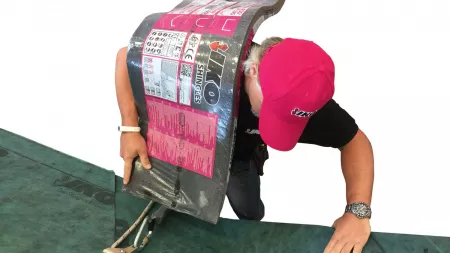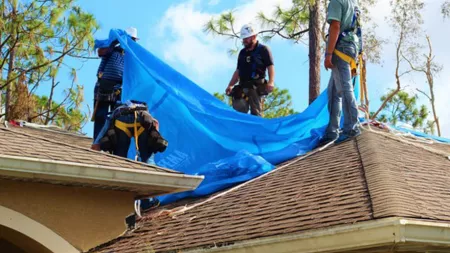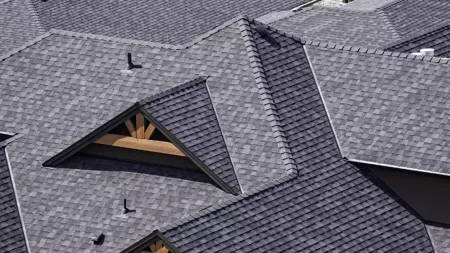
Most common mistakes made by roofers – part 4
A high quality roof is created when qualitative shingles are combined with a correct installation. Over the past weeks we showed you some of the most frequent roofer mistakes. After a while, these mistakes can cause some serious roofing problems.
To end these series, we would like to get your attention for these last 5 mistakes:
- Using a lot of bituminous mastic
- Wrong shingles for hips and ridges
- Improper sealing of penetrations
- Insufficient securing of valley
- Holes due to installation
16. Using a lot of bituminous mastic
Using too much bituminous mastic or roofing cement can cause blistering. The use of mastic which is not compatible with bituminous shingles can also lead to blistering.
Solution:
Blisters can disappear after some period. If they are already opened, it’s better to change these affected shingles.
Too much mastic used
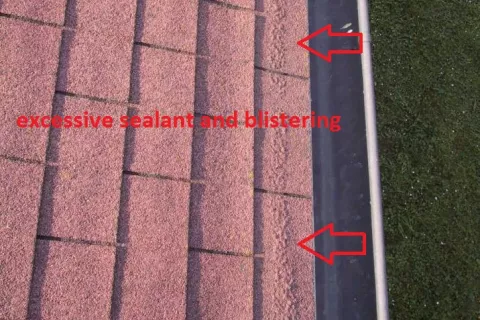
Good amount of mastic
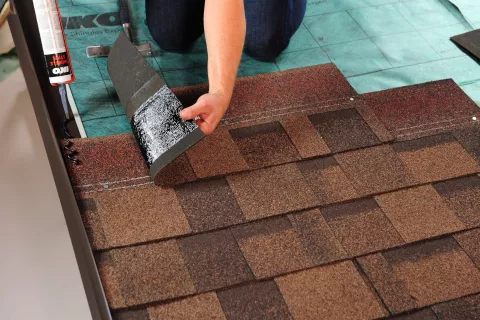
17. Wrong shingles for hip and ridges
Some roofers will cut shingles into pieces and use these pieces for the hip and ridge cap, regardless of which shingle is being used on the roof. With 3-tab, 4-tab, hex and diamant shingle this is the correct process. If this is done correctly, the shingle is cut into three even pieces (4-tab shingles in 4 pieces) that are flexible enough to use as a cap shingle. Do not use beaver shaped shingles for capping because they are too narrow and don’t cover hip or ridge enough!
The popularity of laminated shingles is increasing, but many roofers are making the mistake of following the same process you would with a 3-tab. The thicker Cambridge shingles are not designed for ridge caps. They do not lay flat and some may crack or break when you bent them over the ridges. It is highly recommended to use only a 3-tab shingle that matches the color of the laminated shingle.
Solution:
If your roof suffers leaking problems through the cap shingles it is necessary to change them with rectangular shape capping.
18. Improper sealing of penetrations
Most residential roofs have soil stacks that require proper sealing. Apply shingles up to the vent pipe and cut an opening in the shingle that is set over the pipe. Set the shingle in approved asphalt cement. Set the vent flange over the pipe - flat on the roof - in asphalt cement that has been evenly applied over the bottom shingle. The top of the flange must be covered with the next row of shingles. Remember that using an excessive amount of plastic cement may cause blistering.
Solution:
Repair improper detail by using a new flange and new shingles. Don’t forget to use IKO Shingle Stick!
Proper sealing around vent pipes is necessary!
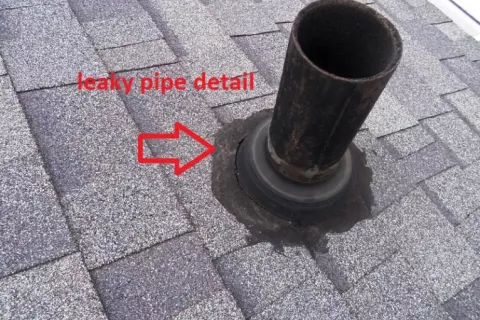
An example of proper sealing
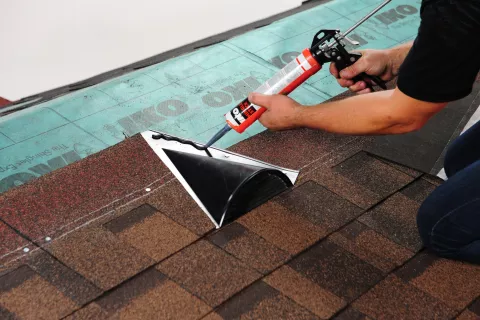
An example of proper sealing
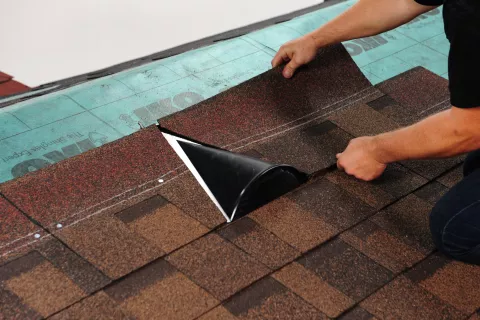
19. Insufficient securing of valley
Roof valleys are the places on a roof that are most vulnerable to leaks because they handle a large volume of run-off water. When installing shingles in a roof valley never connect shingles or make joints close to the center line of the valley. It causes leaks.
Solution:
Remove the short pieces from the valley and install a full shingle or piece with appropriate length.
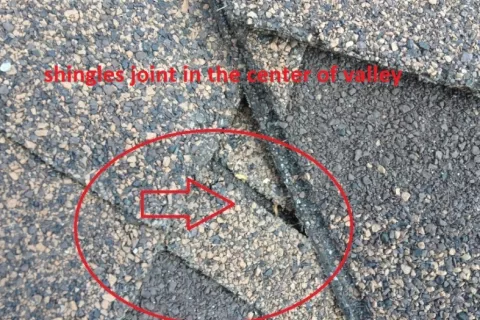
A good example of a secure valley is the Californian method!
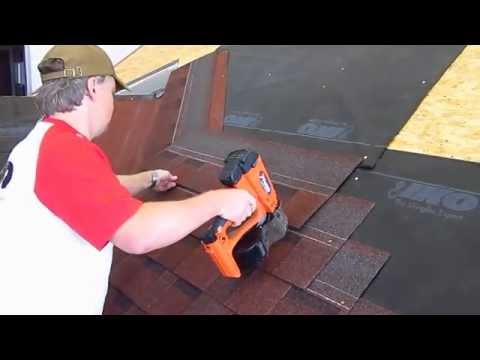
20. Holes due to installation
Check your roof for holes. On steeper roofs the roofers will install a toe board to hold materials and themselves. After the installation of shingles is complete, they remove the board and the nail holes are either forgotten or caulked. The caulk may not be of sufficient quality to last as long as the roof. If you hire a roofer to install a new roof, ask them to use roof jacks which are nailed on top of a course and then shingled over. The roof jack can then be removed by lifting it off the slotted hole.
Solution:
Use high quality mastic (Shingle Stick) and drop some granules over these glue dots. Or replace the affected shingles with new ones.
